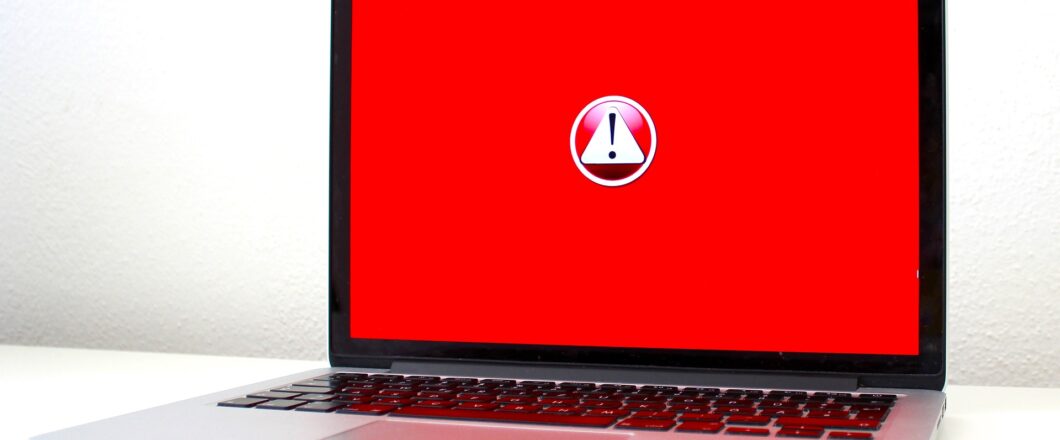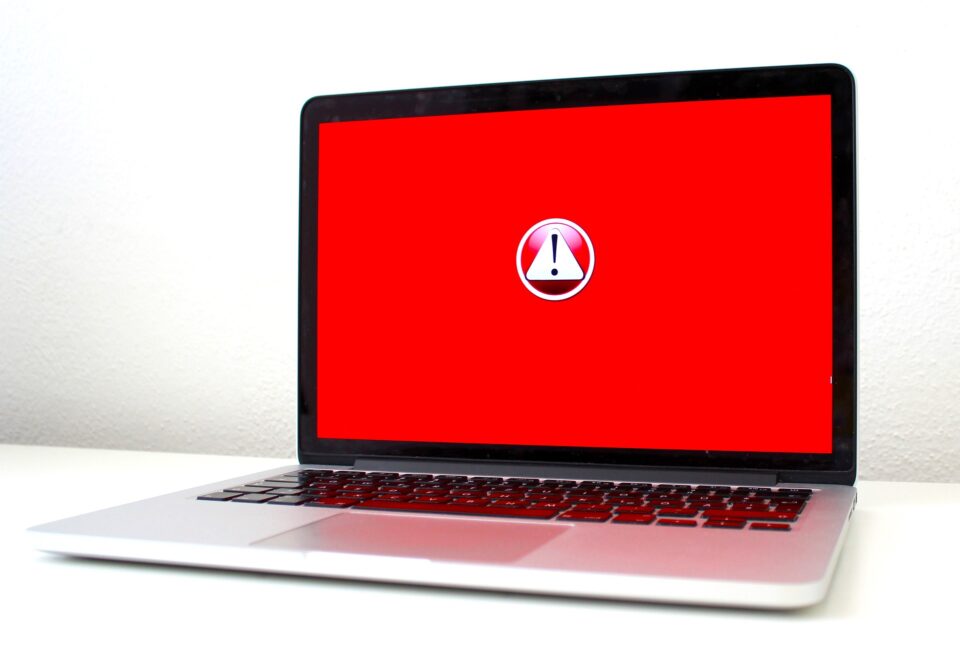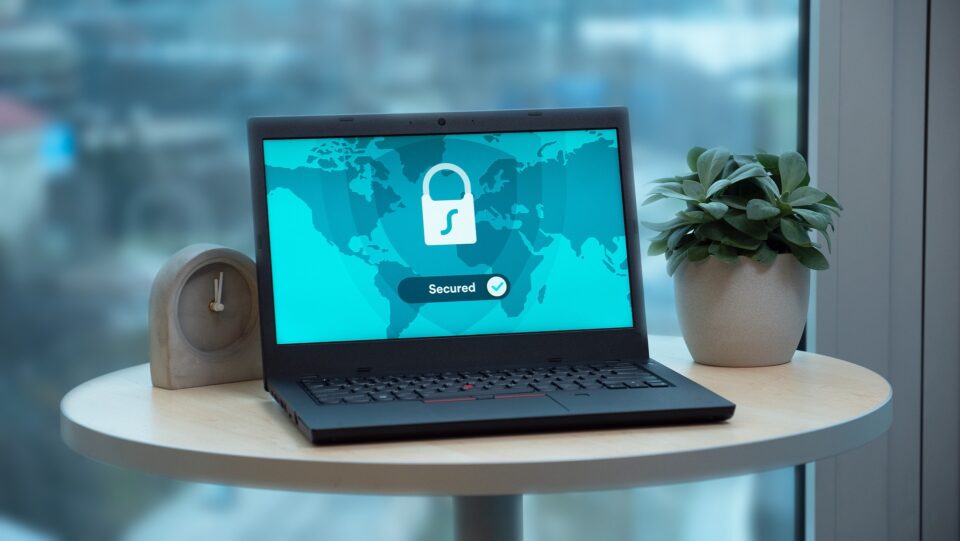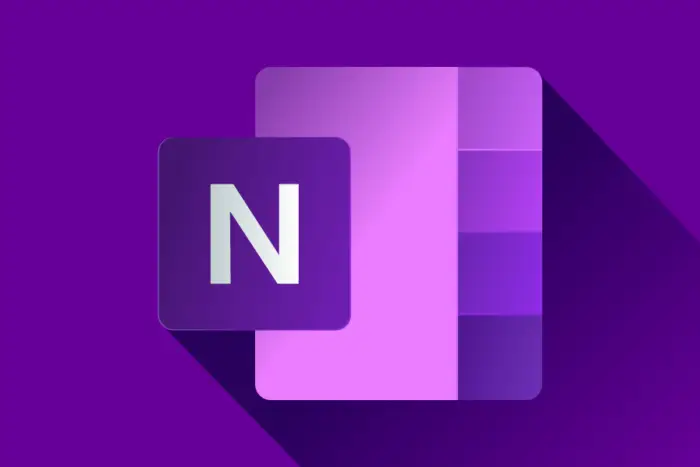It appears that you can’t keep a good piece of malware down as Qbot, first seen over 15 years ago, has reared its ugly head once again.
Qbot was discovered in the late 2000s and, since then, has gone through numerous developments to keep pace with modern IT systems. Also known as Qakbot, this malware has strong capabilities to cause damage, a scenario which can be attributed to its longevity as a threat vector. Qbot has a habit of suddenly emerging after a period of inactivity and its most recent spike in activity was seen at the end of 2022. With a long history of stealing data and being used to deliver further malware, Qbot is a threat which could easily target your IT infrastructure.
What Does Qbot Consist Of?
Historically, and still to this day, Qbot has been used to steal login credentials by logging keystrokes and giving remote access to threat actors. Alongside this, it has also been used to download additional malware – such as ransomware – and hijacking email threads. Now, you may not be familiar with email hijacking, but it’s important you’re aware of what this is.
Qbot is a sneaky piece of malware, and this is most readily demonstrated by its ability to hijack email threads. This is basically when it jumps into your email threads and messes with the messages. It does this to try and trick you into thinking you’re having a genuine conversation. This technique makes you more likely to click on a malicious link. It’s most effective in a work environment where people are used to communicating frequently via email. Qbot has been deploying this attach method regularly since 2020 and has been highly successful.
How Much of a Threat is Qbot?
Given its longevity, it should come as no surprise that Qbot is successful. However, Qbot is, in fact, the most prevalent malware currently active in the digital landscape. Therefore, you’re more likely to be infected by Qbot than any other piece of malware. It’s a serious feather in the cap for the developers behind Qbot’s latest incarnation, but it spells trouble for most PC users. This means it’s crucial that you know how to defend your IT systems.
Staying Safe From Qbot
The threat from Qbot is very real, but you can strengthen your IT defenses by employing the following best practices:
- Always install updates: make sure you install all updates as soon as they become available. Qbot thrives upon vulnerabilities in software, such as the Follina exploit, so keeping everything updated is an easy way to secure your network. It may feel time consuming for what is a small step, but allowing automatic updates ensures it makes a big difference in the long run.
- Beware of phishing emails: email hijacking is very similar to spear phishing in that it attempts to trick your employees into clicking malicious links. Accordingly, you should you encourage your team to take their time and double-check emails for things like strange links and unusual writing styles. Even a quick 10-second check of an email will reduce your risk of being compromised.
- Backup: Qbot is often used to distribute ransomware and, as we know, ransomware can often rob you of your data. Often, it won’t even return your data if you pay the ransom fee. Therefore, protecting your data with regular and multiple backups is essential. With backups readily available, you will be able to navigate away from the threat actors and simply restore your data.
For more ways to secure and optimize your business technology, contact your local IT professionals.









